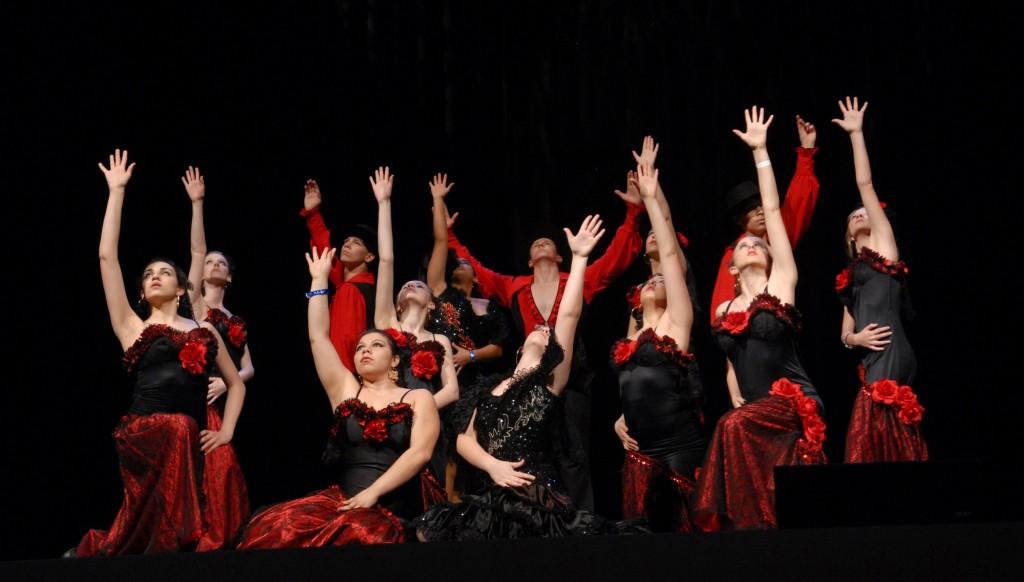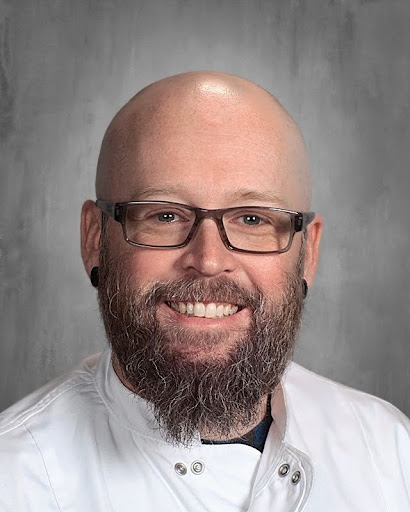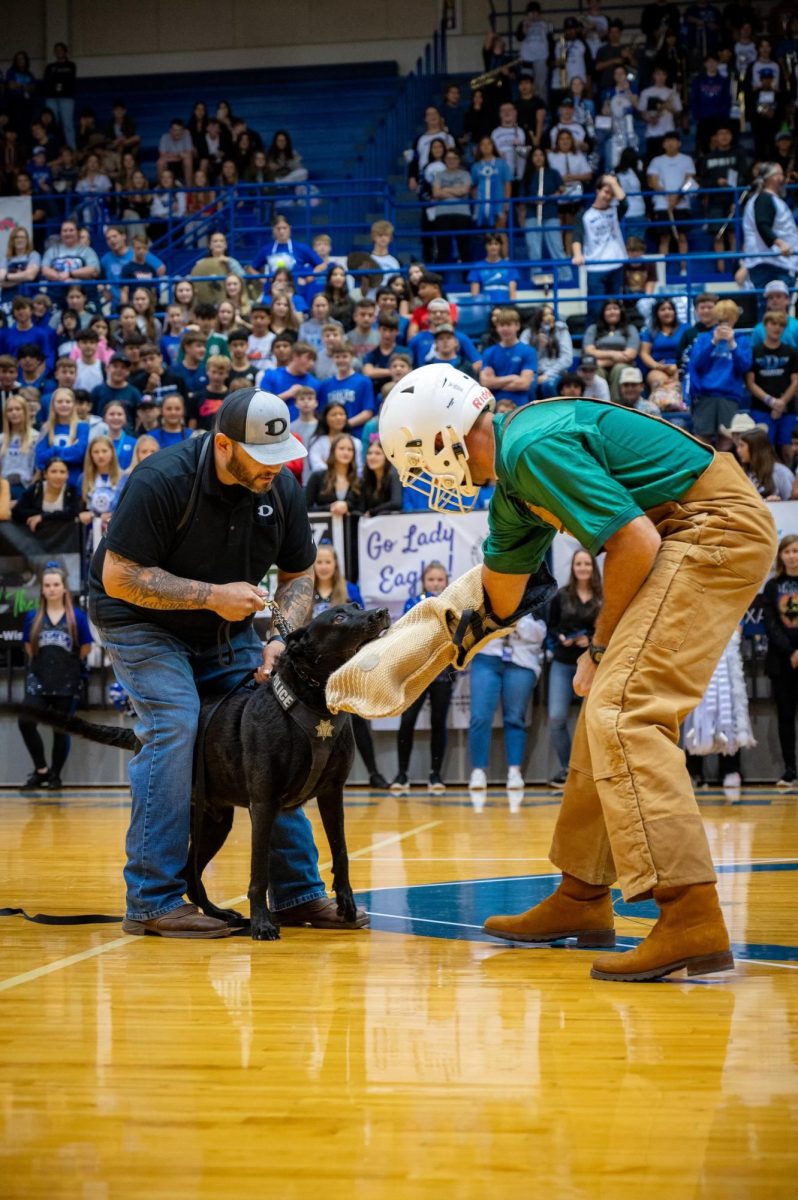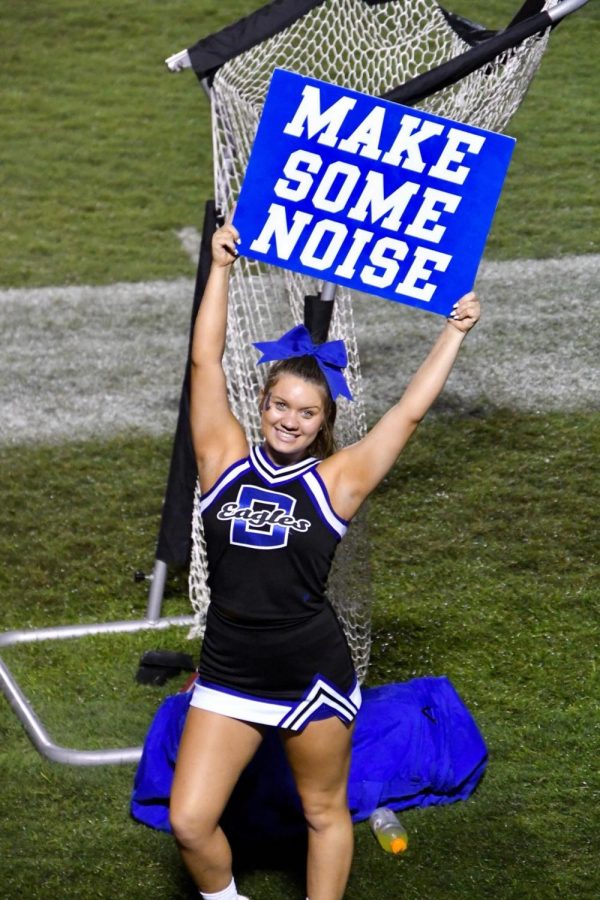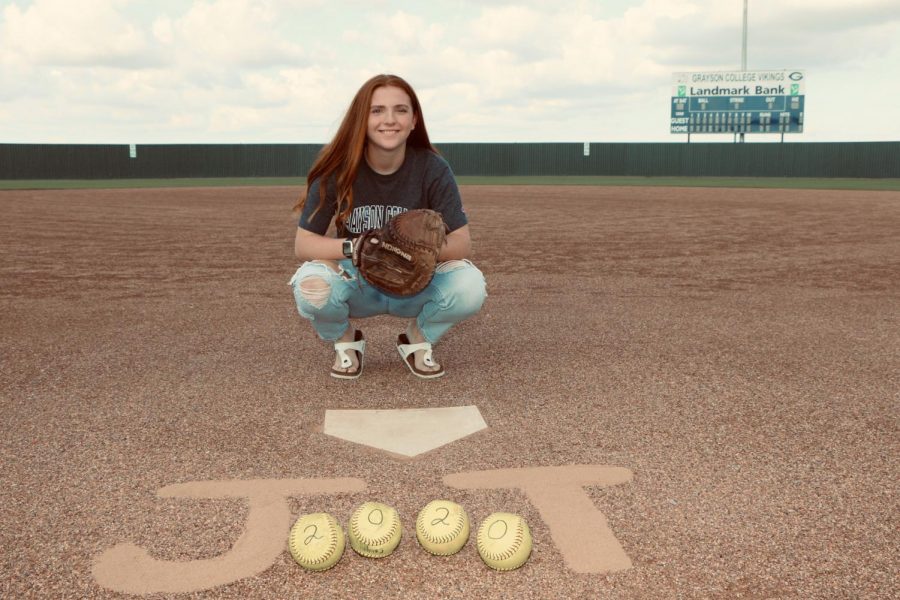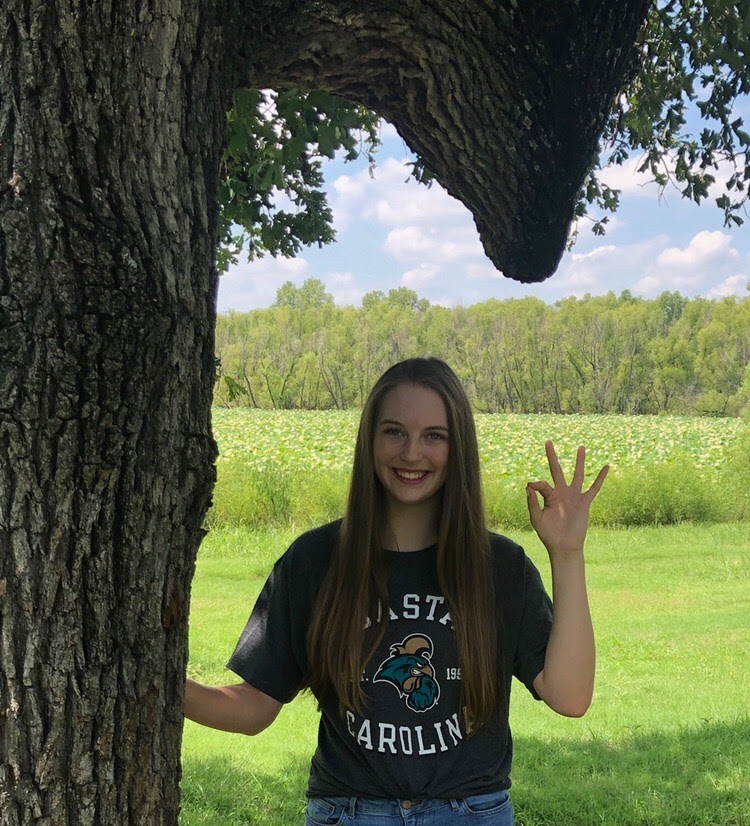It’s been four years. As you’re reading this, my time as a member of Los Madrilenos Estampa Flamenca or the flamenco team is quickly drawing to a close. This weekend, I went to San Antonio for the last time to perform at the Pan-American festival. To say goodbye, I found three common traits of classic Spanish culture that I took away from flamenco.
Pride.
It’s a common joke that even though flamenco is a Latin dance, we rarely have more than three Latino people in the team. But I don’t really think it matters. You don’t have to be Latino to have pride in what we are and what we do. You can be as white as Wonder bread and still hold all the pride and grace of a true Spanish dancer, believe me.
And when students from other schools come up to us at the festival and ask if we’re from Decatur, they don’t even bat an eye at the fact that their team is majority Latino, and ours is Caucasian. They really don’t care, actually. All they want to tell us is how much they love the dance, our costumes, or the music. No one cares what race you are, how small your town is or your team’s size. If you have pride in everything you do, people will be proud of you.
Bravery.
As a rookie, I was the lone freshman on the team. But that year, most of the boy’s varsity basketball team was on the team too.
So not only was I the youngest, I was the shortest. Every prac- tice, I was surrounded by strangers whose shoulders were my eye level. I learned quickly that if I wanted a spot on the stage, I would have to earn it. I did, but it wasn’t without the help of Mrs. Karen Smith, our dance teacher.
To help us get the attitude it takes to dance flamenco, she told us that we needed to think like we were facing down a bull. I faced down being so young. The next year, I faced down my back pain; junior year, it was my frustration with my classes. No matter what’s going on in my life, I know I can face it. Flamenco itself is a step out of any comfort zone, and because of that, I feel like I can do any- thing I need to with the bravery I learned from it.
Tradition.
I was at the competition sopho- more year when we had to dance on a bumpy, makeshift stage that tripped us all. I danced in the TASA show- my first rou- tine to dance with a fan. When I began, the team was huge, and compared to then, it’s tiny now. I’ve been the youngest, and now I’m the one of oldest. But even with every- thing that changes, and has changed, a few things remain the same: what it feels like to go down the river walk in San Antonio wearing full makeup and the costume; knowing that we are the classiest group there; and a standing ovation each time we perform. So maybe what stays the same is not tangible-they’re feelings, opinions and matters of chance. When your group changes a lot from year to year, feelings, opinions and chance may be the only traditions you have. But, personally, I’m more than happy to claim them. I can honestly say that this team is one of the best decisions I’ve made through my entire high school career. I highly recommend it to anyone- even if you think you can’t dance, or Spanish isn’t your forte. And even though the college I hope to go to has a Latin dance group- Ballet Folklorico- I don’t think anything could ever match up to what I’ve experienced as a Madrileno. It’s a part of who I am now, and it always will be.



